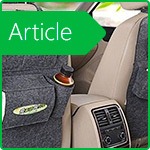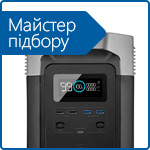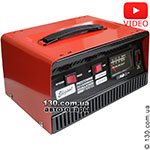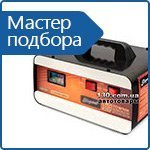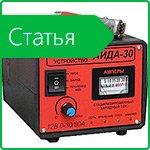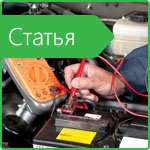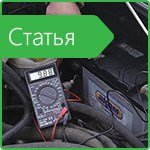Features of charging maintenance-free car batteries
The first renewable car battery appeared a very long time ago, and more than one century has been actively working to improve these power supplies. This led to the fact that now you can find batteries not only classic with liquid electrolyte and lead plates, but also a variety of models related to the type of maintenance-free.
Their main difference from ordinary batteries is that there the electrolyte practically does not evaporate during operation. If earlier it was necessary to constantly monitor the level of electrolyte and constantly add it to the banks, otherwise the battery could not work normally at full capacity, then this is not required with maintenance-free ones. That is why they quickly became popular among motorists. But even when using them, some rules must be observed, especially when charging them.
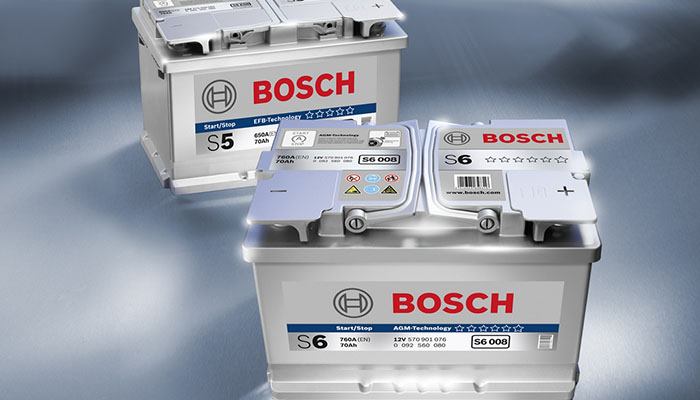
Design Features of Maintenance-Free Batteries
In batteries of this type, a sealed enclosure is usually used, that is, the motorist does not have access to the internal components of the power source. Here, as in the case of serviced batteries, it is impossible to open the plugs and see what is in the banks, since there are simply no plugs, they are not provided for by the design. The liquid flow rate in maintenance-free batteries is very small, so the engineers simply removed the unnecessary holes, making the cover airtight. The result is batteries that can be used without topping up water for a long time. Subject to certain operating rules, the battery will last more than one year.
The advantages and benefits of maintenance-free car batteries include:
- generate large inrush currents;
- some models without liquid electrolyte can be installed in almost any position, even in an inverted state they will not lose their working and functional properties;
- except for periodic recharging, they no longer need any other maintenance.
No matter how good these batteries may be, difficulties can arise when using them and our drivers. Especially, if batteries of a classic lead-acid design were used before, then with new improved models there can sometimes be problems, as there are some features.
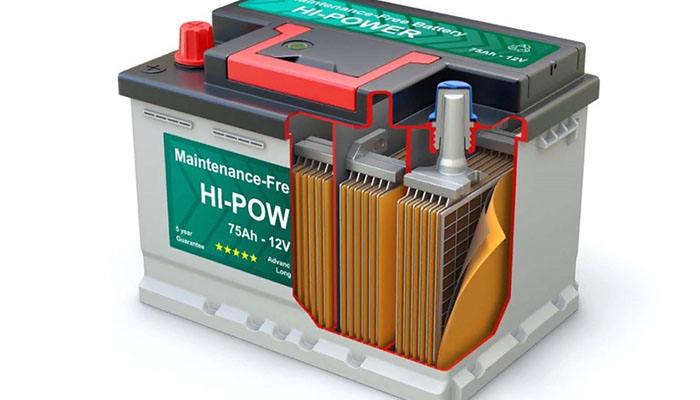
The disadvantages of sealed automotive batteries include:
- High requirements for the state of on-board electronics. If the electrical equipment in the car is faulty, then due to the voltage drop, the battery can begin to quickly lose capacity. As a result, the efficiency of the launch will decrease, which may entail certain problems.
- On the one hand, a closed structure is a plus, but on the other, it has made it impossible to control and regulate the level and density of the electrolyte. Of course, the liquid in these batteries evaporates very slowly and slightly, but if, nevertheless, the contact of the battery plates with the air begins, then the sulfation process begins. If you do not stop it in time, then the battery may completely fail. Therefore, it is very important to monitor the level of charge and timely recover capacity losses.
- Sensitivity to a sharp drop in temperature. In winter, their effectiveness can be reduced.
- Some types of maintenance-free batteries are sensitive to deep discharges, so they should not be allowed.
Types of maintenance free batteries
Now in automobile stores you can buy a variety of maintenance-free car batteries:
- Calcium. Their feature is that the battery plates are made of lead alloy with the addition of calcium, which replaced the previously used antimony. It is calcium that helps to reduce the volume of liquid evaporated during discharge.
- Hybrid. In such batteries two technologies are connected: an electrode with a negative A positive charge is made of an alloy with the addition of calcium, and a positive charge is made of a low antimony alloy. This option lasts longer and is not afraid of deep discharges.
- AGM's batteries. These batteries have a completely different design, they generally do not have liquid electrolyte. Instead, a special fiber separator impregnated with an acidic electrolyte is used. The liquid is absorbed and practically does not evaporate during operation.
- Gel electrolyte batteries. They use ordinary acidic electrolyte, which with the help of special additives turns into a thick gel-like mass. It also helped to reduce water loss.
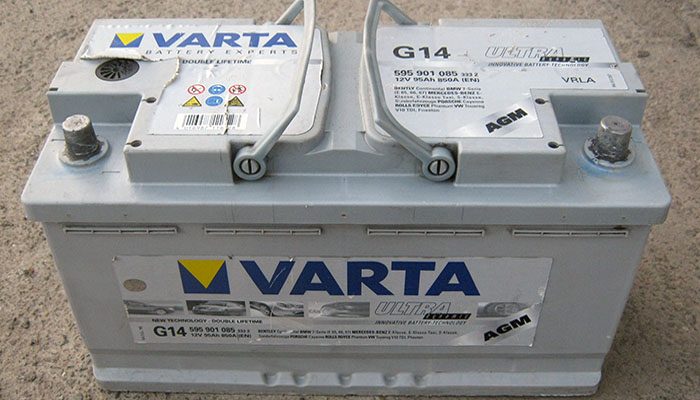
How to properly charge maintenance-free batteries?
Can I charge a maintenance-free battery? This question is often asked by drivers. And there can be no other answer. Of course, maintenance-free car batteries, like any others, need to be charged. This is a natural process for all batteries, since during the process they give up energy, which then must be restored. In the case of car batteries, recovery usually occurs during the drive, when the current generated by the generator is supplied to the battery. To prevent the battery from quickly losing capacity, it is recommended to follow some rules:
- When starting the engine, it is not recommended that the starter run for more than 15 seconds.
- If in the first attempt to start the engine it did not work, pause and wait for 2-3 minutes before revving.
- When starting the engine, fully depress the clutch.
Following these simple guidelines will greatly facilitate the operation of your car battery. But sometimes this is not enough, and the capacity drops, because it does not have time to recover due to various reasons. Then you need to use special chargers to charge
Recommendations for restoring the capacity of sealed batteries with a charger
1. When choosing a charger, first, pay attention to whether this device is suitable for working with the type of battery you need. Unattended are often very sensitive to overvoltage, so it is recommended to use special storage devices for them.
2. When connecting the charger to the battery, be sure to observe the polarity. This rule applies to all batteries, regardless of type of construction. First, connect the contacts of the charger to the terminals ("+" to "+", "-" to "-"), only after that you can connect the device to the network.
3. If the main parameter for serviced batteries during charging is the charging current, then for maintenance-free models, the key is voltage. And this is very important to consider when working with such power sources.
4. For maintenance-free batteries, it is recommended to use devices with an operating voltage between 14 and 14.5 V and charge at constant current. This recovery mode is considered the safest and most sparing. At the end of the process, the voltage on the charger should be reduced to 13.2 V, so that the battery can completely restore the capacity to 100%.
5. The recommended current value is 10% of the nominal capacity of the rechargeable battery.
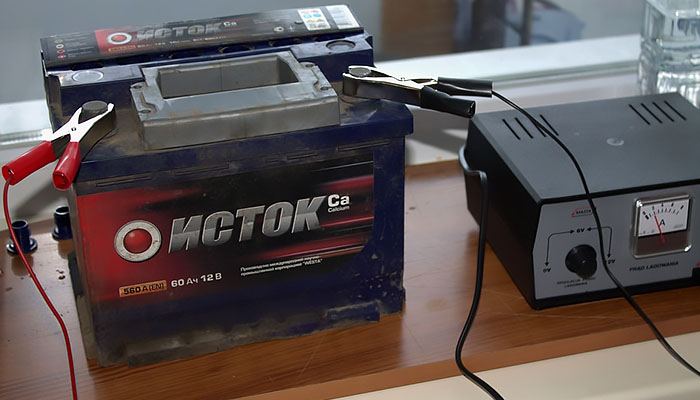
The charging mode and its time depends on the degree of discharge of the battery. If with a partial discharge the whole process can take several hours, usually from 3 to 4, sometimes a little longer, then with a full discharge it usually takes several cycles, and the process itself may take a day. It is also recommended to regularly carry out preventive charges using special devices with a desolation mode. This will help significantly extend battery life.
You can always buy a car charger for any type of battery in the 130.com.ua online store.












